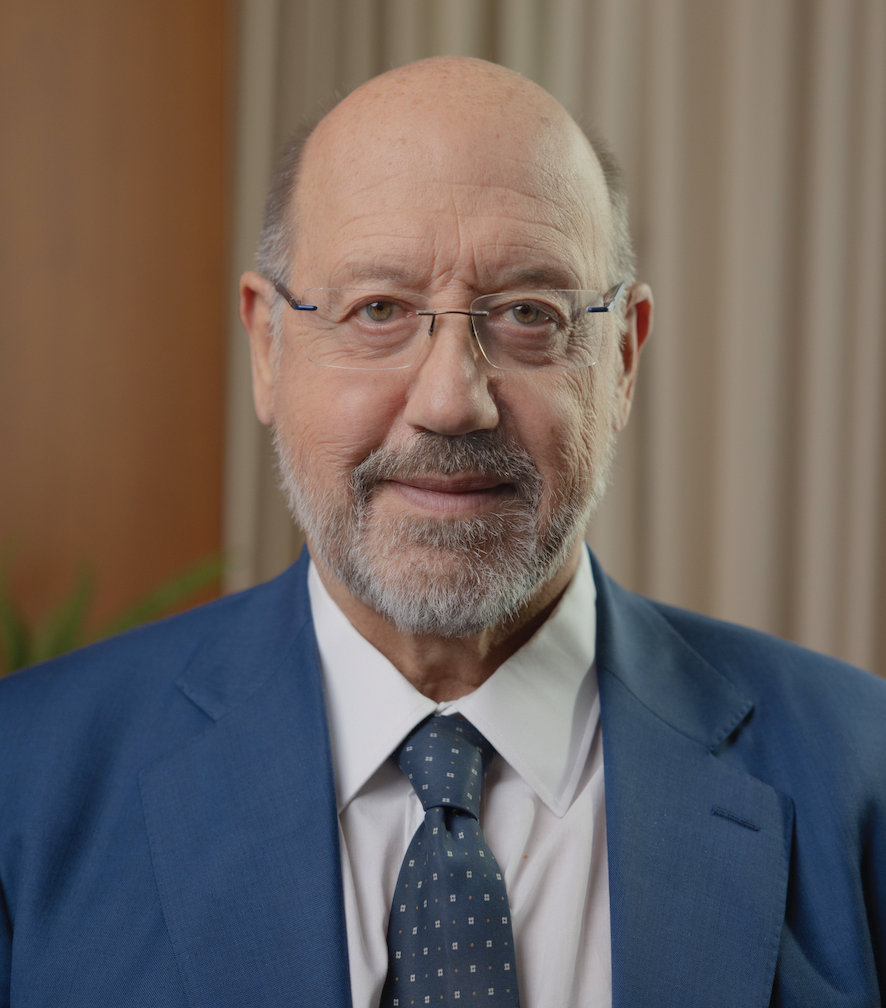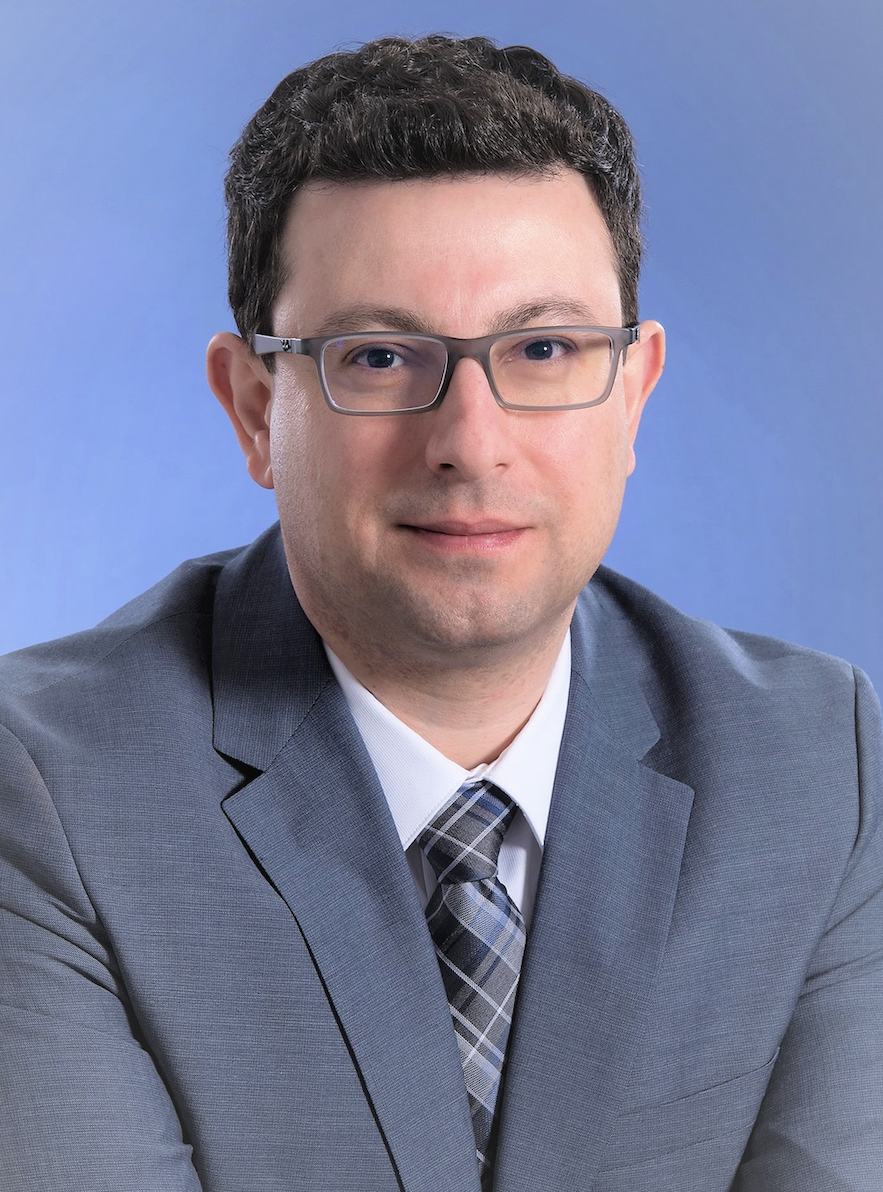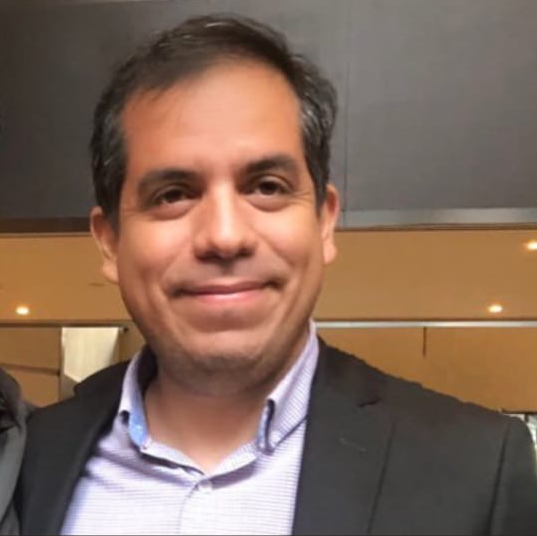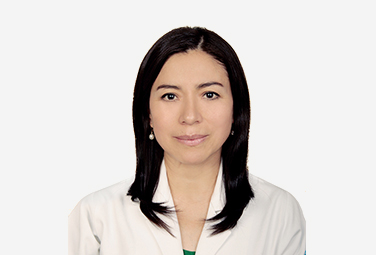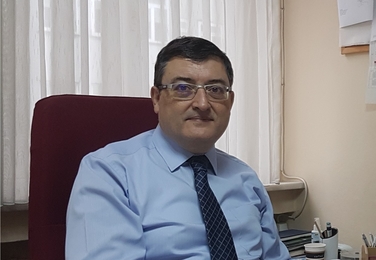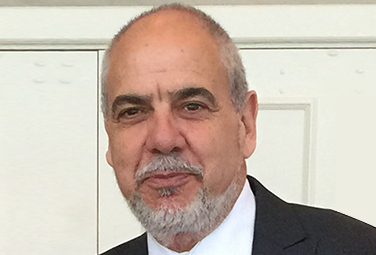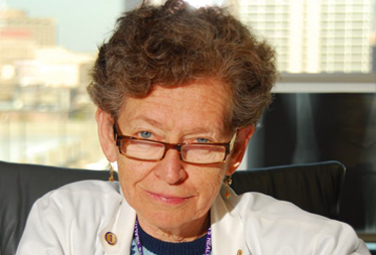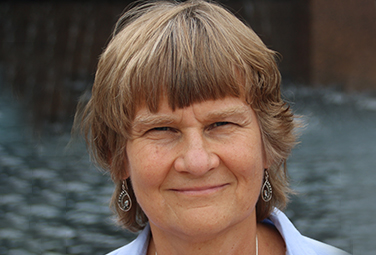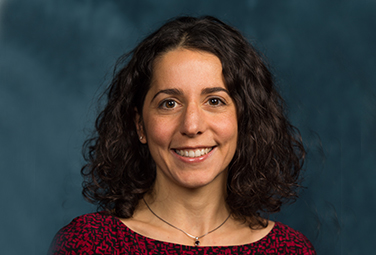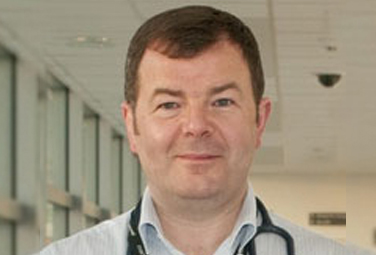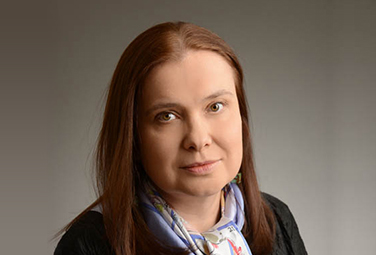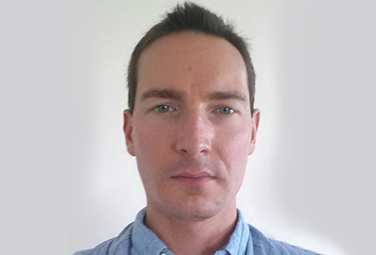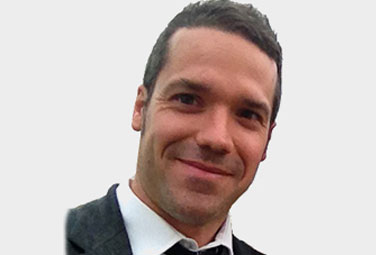Our History
SLICC originally represented a union of members of the British Isles Lupus Assessment Group (BILAG), the Systemic Lupus Erythematosus Disease Activity Index (SLEDAI) group from Toronto, Dr. Matthew Liang and colleagues from Boston, as well as several other rheumatologists. The BILAG, SLEDAI, and Boston groups had already linked to undertake the initial comparison of disease activity indices in a series of studies supported by the North Atlantic Treaty Organization (NATO). This expanded group, under the SLICC banner, recognized the importance of seeking consensus in deriving a measure of damage caused by the disease and the therapies used for it, and collectively, they developed the SLICC/American College of Rheumatology (ACR) Damage Index (SDI). SLICC’s work on conceptualizing activity and damage in SLE has led to the development of standardized outcome measures so that physician-researchers can better measure and describe the course of lupus and its response to new therapies. These outcome measures are now widely used by lupus researchers throughout the world and allow comparisons of patient groups among centers.
In 1998, the group developed a strategy for the next decade, which consisted of:
- 1.Establishing a longitudinal cohort of newly diagnosed patients with lupus to better understand risk factors for atherosclerosis, and metabolic syndrome, and characterize nervous system involvement (led by Drs. Urowitz, Hanly, and Bruce),
- 2.Determining the risk and determinants of malignancy in patients with lupus (led by Drs. Bernatsky, Ramsey-Goldman, and Clarke),
- 3.Developing new classification criteria for lupus (led by Dr. Petri), and
- 4.Developing a definition of flare (led by Dr. Isenberg).
In 2005, under the leadership of Dr. Ramsey-Goldman, SLICC formalized its administrative structure with the establishment of the SLICC bylaws, which were amended in 2016 to allow an expanded membership. In 2008, SLICC was established as a 501 (c) (3) organization (registered in Illinois), which facilitated its ability to act as a fundraising organization to support ongoing and initiate novel research initiatives.
Our Objectives
- 1.To support research in the field of lupus
- 2.To facilitate interaction among scientific investigators in the field of lupus
- 3.To advance educational opportunities for healthcare professionals involved in lupus related research
- 4.To increase public awareness of current issues and developments in lupus
- 5.To solicit and receive donations from public and private sources to support such educational, charitable, and scientific programs and activities
- 6.Protect and expand SLICC clinical and biological repositories (from the prevalent cohorts at each SLICC member site and the SLICC Inception Cohort)
- 7.Achieve stable financial support for infrastructure at every SLICC site
- 8.Obtain adequate administrative and research support
